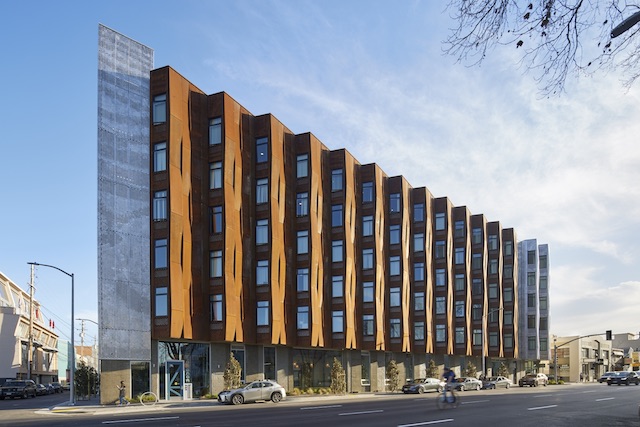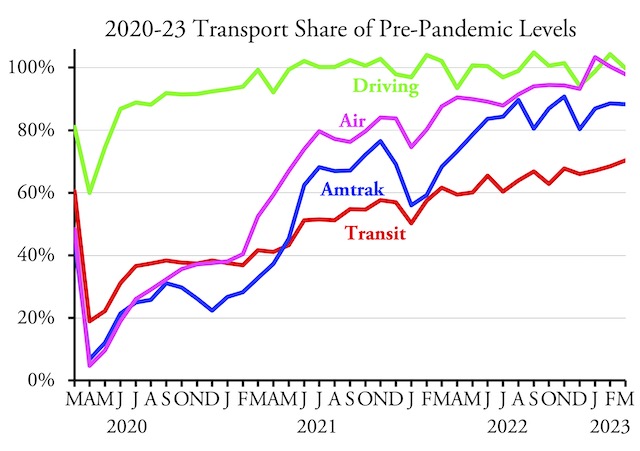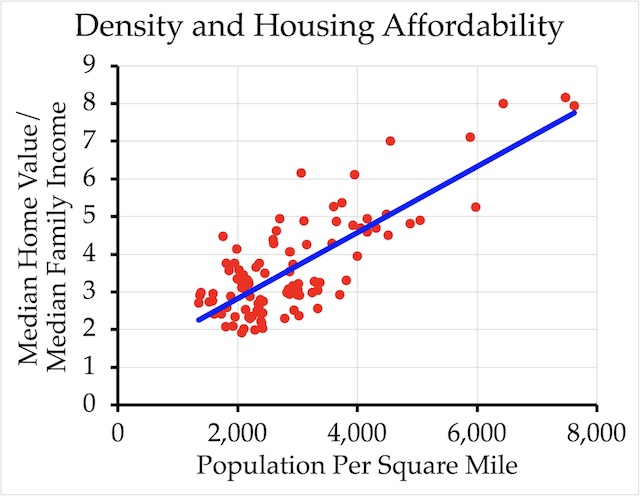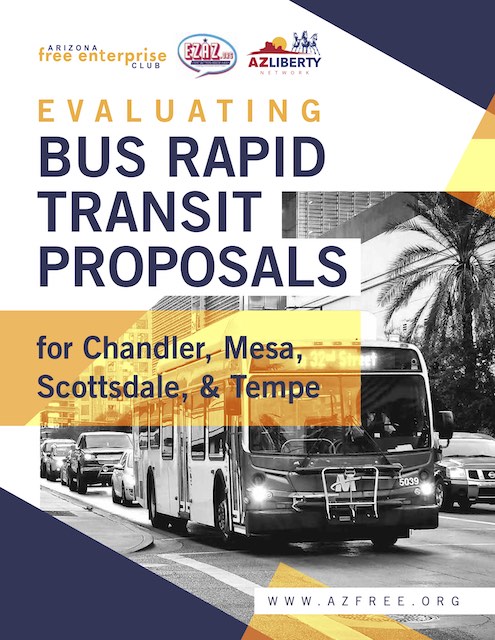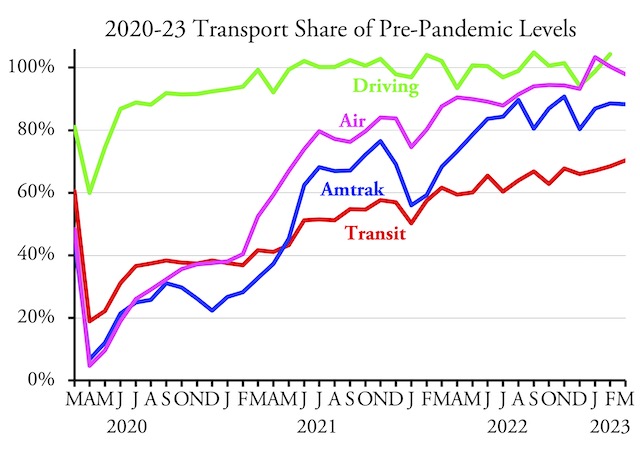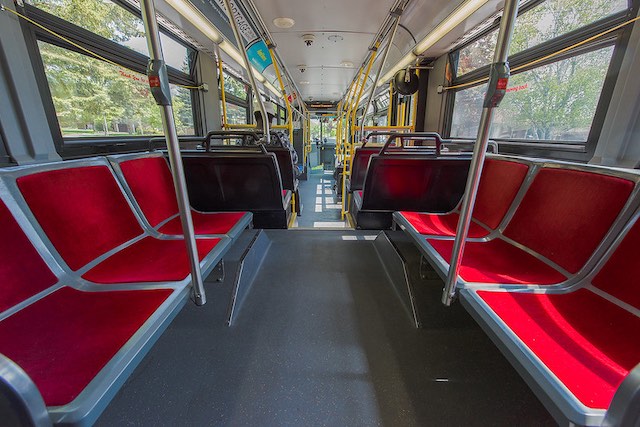Are we living in a black hole and I just passed through a wormhole into another universe? That’s the only explanation I can think of for a recent New York Times article (no paywall) by Ezra Klein praising a new mid rise in San Francisco “that might be the answer to San Francisco’s homelessness crisis.” Built in three years (half the normal time in the Bay Area) using modular construction methods, the building costs less than $400,000 per unit compared with $600,000 to $700,000 for other similar projects in San Francisco.
The reddish-brown color isn’t paint; it’s rust, or what the architect calls “weathered steel.” That’s just as well in San Francisco’s rainy, salty environment as I doubt many people will want to see this building last for very long. Photo by Bruce Damonte, David Baker Architects.
My first thought was “$400,000 still sounds pretty high for any kind of ‘affordable housing.'” My second thought was, “How big are those housing units anyway?” Continue reading

